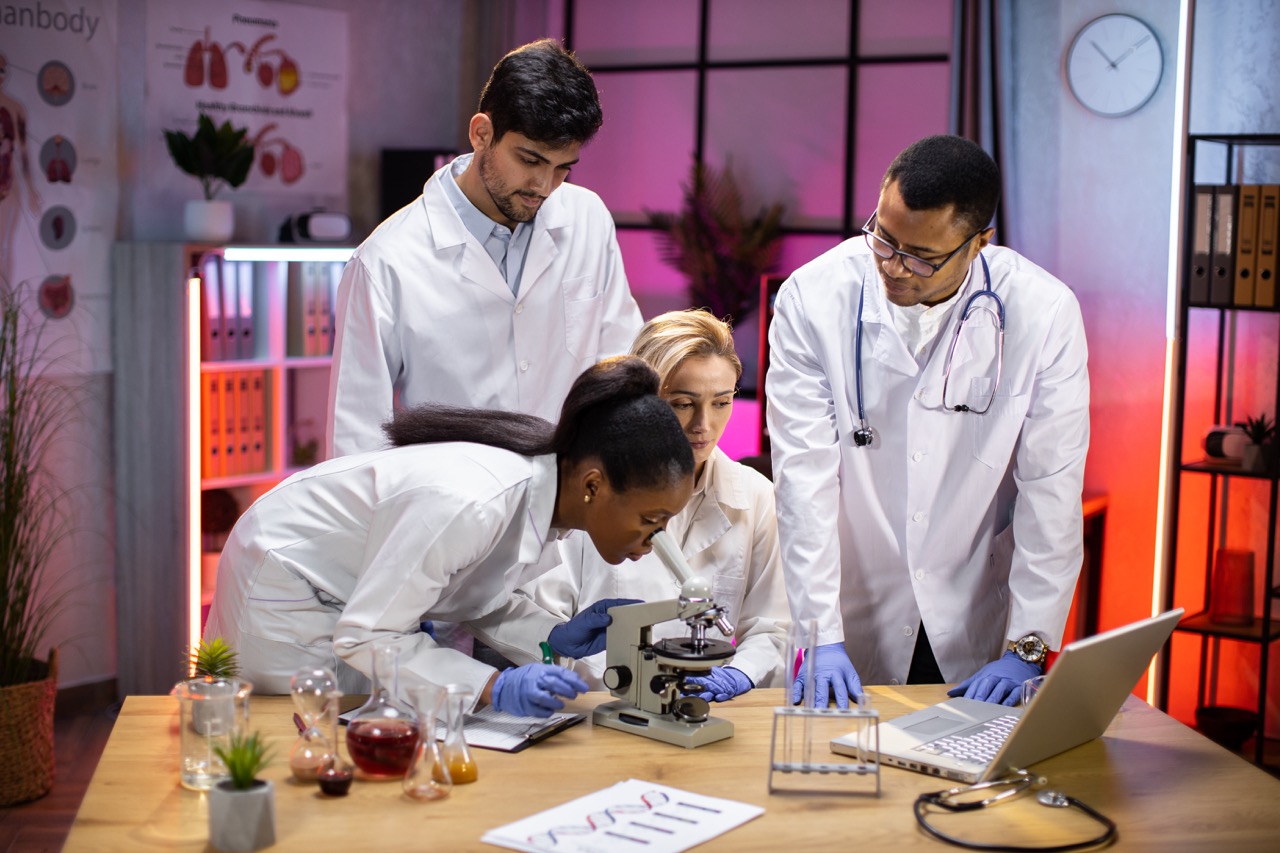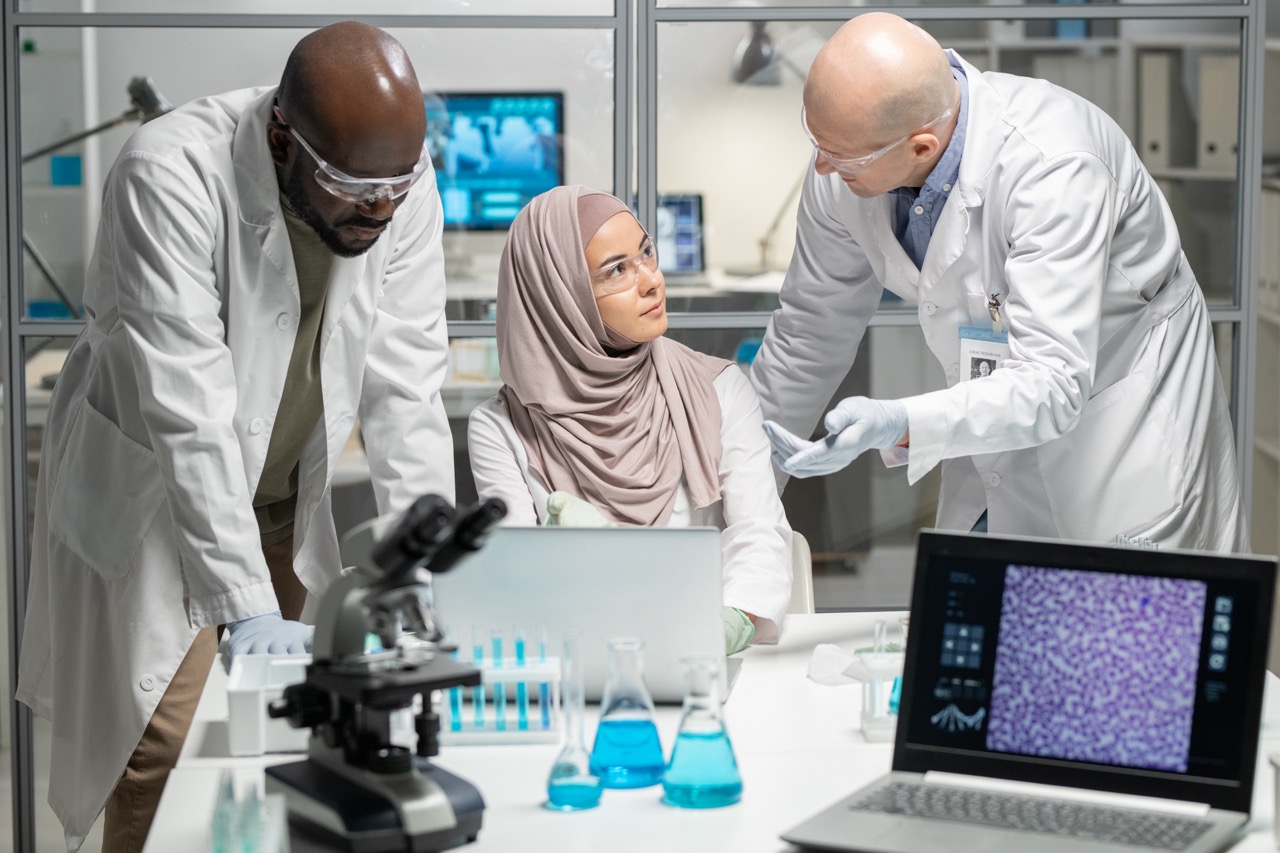Carolyn Bertozzi, a prominent figure in the realm of biomedical engineering, has made significant strides that have transformed our understanding of glycobiology and its applications in medical science. As a professor at Stanford University and a member of the National Academy of Sciences, her research has catalyzed new methodologies and technologies that have broad implications for disease treatment and drug development. Through her lab’s innovative work, she has enhanced the intersection of chemistry and biology, paving the way for the next generation of biomedical solutions. This article explores the contributions of Carolyn Bertozzi’s lab to biomedical engineering, focusing on her groundbreaking work in glycobiology, advancements in drug delivery systems, and collaborative research that promises a bright future in the field.
Overview of Carolyn Bertozzi’s Impact on Biomedical Engineering
Carolyn Bertozzi’s impact on biomedical engineering extends beyond her laboratory achievements; she has reshaped the way scientists approach biological problems through her emphasis on the importance of glycans. Glycans, complex sugars that are crucial to many biological processes, play vital roles in cell signaling, immune response, and disease pathology. Bertozzi’s pioneering work has underscored the significance of understanding glycan structures and functions, offering insights that are foundational for developing targeted therapies.
In her lab, Bertozzi has cultivated a multidisciplinary approach that blends chemistry, biology, and engineering, enabling her team to design and implement novel tools for glycan analysis. This approach has led to the development of various chemical probes that allow for the visualization and manipulation of glycans in living organisms. By introducing specific labeling techniques, her lab has provided researchers with the ability to track glycan interactions in real-time, facilitating breakthroughs in areas such as cancer research and infectious disease studies.
Furthermore, Bertozzi’s influence can be seen in her commitment to education and mentorship. By nurturing the next generation of scientists and engineers, she ensures that her innovative methodologies and philosophies are carried forward. Her dedication to fostering an inclusive research environment has inspired many young researchers to pursue careers in biomedical engineering, thereby expanding the field’s potential for technological advancements and transformative health solutions.
Key Innovations in Glycobiology from Bertozzi’s Lab
One of the hallmark achievements of Carolyn Bertozzi’s lab is the development of bioorthogonal chemistry, a revolutionary approach that enables scientists to study biomolecules in living systems without disrupting normal biological processes. This technique involves chemical reactions that can occur in biological environments without interfering with cellular functions, which has made it an invaluable tool in glycobiology. By allowing for precise labeling of glycans, bioorthogonal reactions have opened new avenues for understanding complex biological interactions.
In particular, Bertozzi’s lab has focused on the application of bioorthogonal chemistry in the context of cancer therapy. By targeting specific glycan structures that are overexpressed on cancer cells, researchers can effectively deliver therapeutics that specifically attack malignant cells while sparing healthy tissues. This innovation has the potential to reduce side effects associated with traditional chemotherapy and improve patient outcomes by enhancing the precision of therapeutic interventions.
Additionally, the lab’s work on glycan profiling has revolutionized our understanding of disease mechanisms. By analyzing the glycan compositions of various tissues and fluids, Bertozzi and her team have identified distinct glycan signatures associated with different diseases, including cancer and autoimmune disorders. This research not only facilitates early diagnosis but also aids in the development of targeted therapies that are tailored to the unique glycomic landscapes of individual patients.
Advancements in Targeted Drug Delivery Systems
In the realm of drug delivery systems, Carolyn Bertozzi’s lab has made significant strides in refining how therapeutics are delivered to target sites within the body. One of their key innovations is the creation of glyco-engineered nanoparticles that are designed to enhance targeting accuracy. These nanoparticles are modified with specific glycan structures that enable them to recognize and bind to corresponding receptors on target cells, ensuring that drugs are delivered precisely where they are needed.
The lab has also explored the integration of multiple therapeutic agents within these nanoparticles, allowing for combination therapies that can simultaneously target various aspects of a disease. This multi-faceted approach not only enhances the efficacy of treatments but also minimizes the potential for drug resistance, which is a growing concern in the treatment of chronic conditions such as cancer and bacterial infections. The versatility of these drug delivery systems positions them as a promising avenue for future therapeutic development.
Moreover, the advancements in targeted drug delivery systems have been complemented by ongoing research into the pharmacokinetics and biodistribution of these engineered particles. By employing advanced imaging techniques and analytical methods, Bertozzi’s lab continues to refine their understanding of how these systems behave within biological systems. This research is crucial for ensuring that the benefits of these innovative drug delivery strategies translate into clinical success and improved patient outcomes.
Collaborative Research Efforts and Future Directions
Carolyn Bertozzi’s lab exemplifies the power of collaboration in driving scientific discovery. By partnering with researchers across various disciplines, including materials science, clinical medicine, and bioengineering, her team has been able to address complex biomedical challenges from multiple angles. These collaborative efforts have led to the development of new technologies that bridge the gap between basic research and clinical application, demonstrating the importance of interdisciplinary approaches in biomedical engineering.
Looking forward, Bertozzi’s lab is poised to expand its research into new therapeutic areas, including regenerative medicine and personalized medicine. By leveraging their expertise in glycobiology and drug delivery systems, they aim to create innovative solutions that can adapt to the unique biological characteristics of individual patients. This focus on personalization aligns with the broader trend in medicine towards tailored treatments that consider the genetic and biochemical profiles of patients.
Additionally, as global health challenges continue to evolve, Bertozzi’s lab is committed to exploring the role of glycobiology in infectious diseases and immunology. With the lessons learned from the COVID-19 pandemic and other emerging infectious threats, the team aims to develop new strategies for vaccine design and therapeutic intervention that harness the power of glycans. By remaining at the forefront of research and innovation, Carolyn Bertozzi’s lab is set to make impactful contributions to the future of biomedical engineering.
In summary, Carolyn Bertozzi’s lab has made exceptional contributions to the field of biomedical engineering through its groundbreaking work in glycobiology, targeted drug delivery, and collaborative research. The innovative methodologies developed in her lab not only enhance our understanding of biological processes but also pave the way for the creation of novel therapeutic strategies tailored to individual patients’ needs. As the lab continues to push the boundaries of scientific research and technology, it stands as a beacon of inspiration for future generations of biomedical engineers and researchers alike. Through her commitment to interdisciplinary collaboration and scientific excellence, Carolyn Bertozzi is undoubtedly shaping the future of biomedical engineering.










